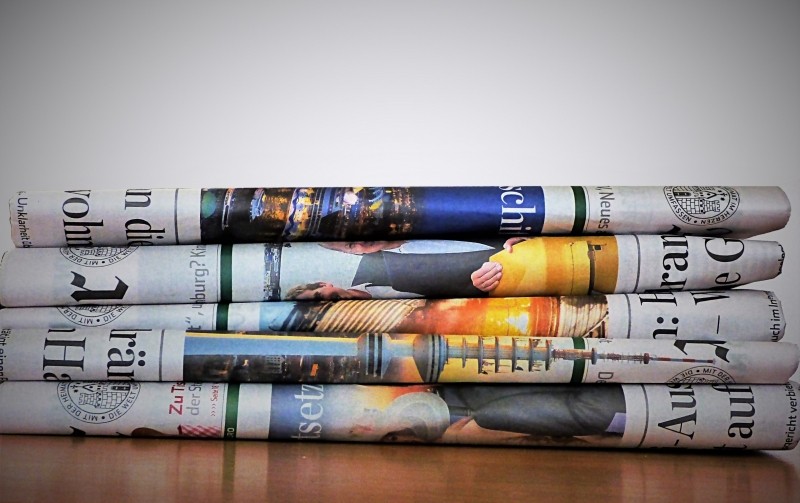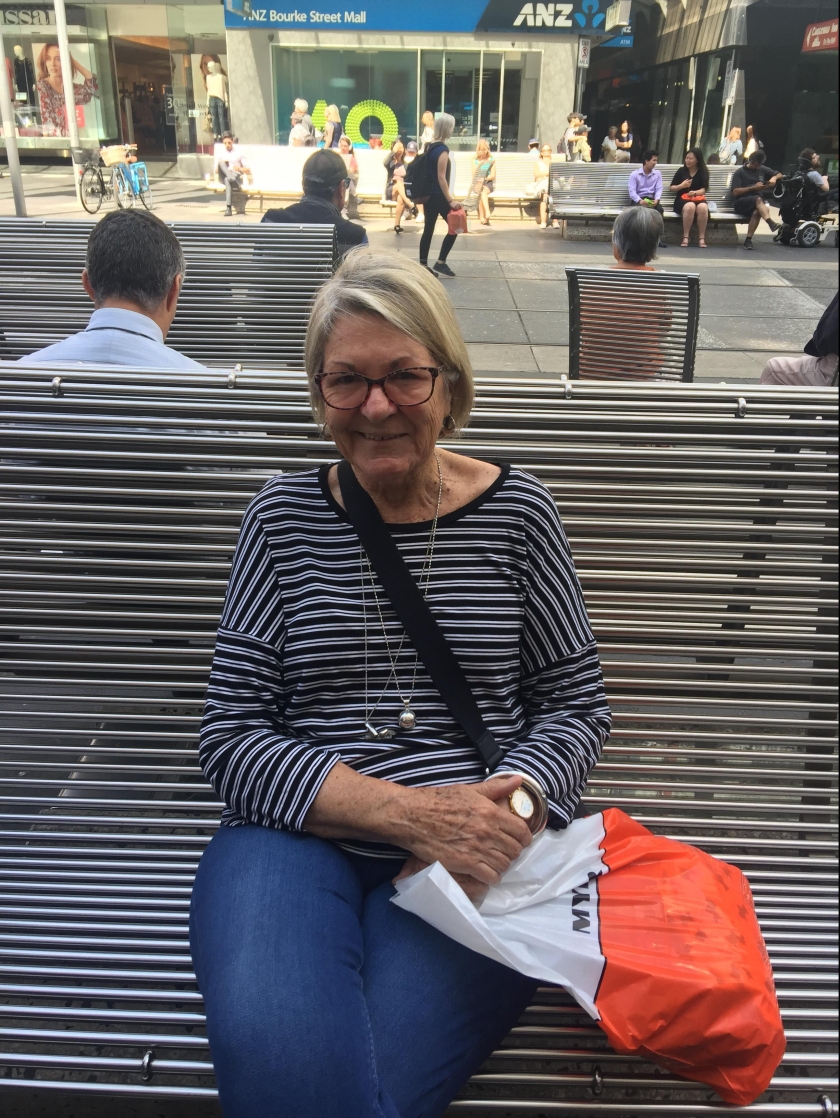There has always been conflict between engagement and disengagement on politics. How do we get everyone’s attention? How do we get our messages across? How do we encourage the public to reach out and get the facts? The answer it seems is by slapping on an orange wig and too much tan!
Today more than ever, people around the world are keeping up to date on issues around them with journalism presented through the lens of satire. You can’t escape it nowadays. After all, when you feel like all is lost; the only thing left to do is laugh.
Satire originated through literature and performing arts as a way of dissecting the vices, abuses, and shortcomings of individuals, corporations, government, and society and aiming to hold them accountable through shaming and ridicule, offering social criticism through wit and humour.
It is also worth noting that satire doesn’t necessarily involve humour, although in its current form it often does, and it usually has an ‘after-taste’ to the viewer, and is designed, as put by the organisers of the Ig Nobel Prize, a satirical version of the Nobel Prize, to “first make people laugh, and then make them think”.
The current form of satire we see today has its beginnings in the 20th century. Satire was used by English authors such as Aldous Huxley and George Orwell who made serious and at times frightening commentaries on the possible dangers of the social changes taking place in Europe during the 30s and 40s. In the 1950s satire entered the domain of American stand-up comedy through the likes of Lenny Bruce and Mort Sahl, who challenged the taboos and conventional wisdom of the time, often getting them in trouble and leading to obscenity trials and the changing of freedom of speech laws. With Nixon, the Cold War and Vietnam Wars, satire was becoming a more popular way to deal with the issues that arose from these areas and take a closer look at how they affected the world. This continued throughout the 60s and 70s until reaching the more contemporary version we often see today. There are many different platforms that currently make use of satire today, ranging from South Park to The Daily Show, from The Onion to The Betoota Advocate or from The Chaser to The Colbert Report.
But these days, it seems that satire is getting more politically based and more like real journalism. Our political climates around the world are more tumultuous than ever, and more and more these real issues cannot be ignored. Stephen Harrington, a Senior Lecturer in Journalism, Media and Communication at the Queensland University of Technology and who also holds a PhD in Political Satire says in his article “Now you’re laughing: The unhappy state of Australia’s political satire”, that “Over the last 20 years, satire has played an increasingly significant role in the political sphere. Apart from providing catharsis for disillusioned voters, it’s more and more shaping public perceptions of events. Many observers argue satire has become important because traditional forms of journalism have fallen into a state of crisis, no longer fulfilling its role of holding powerful people and institutions to account.”
Places that before would focus on ‘softer’ issues are casting their nets a little wider such as Late Night with Seth Meyers which has seen its ‘A Closer Look’ segments often ‘going viral’ and getting news out to demographics that otherwise would not seek it, all the while with a cheeky grin and bite of humour at the end. Stephen Colbert may not have The Colbert Report anymore but even on his new platform The Late Show with Stephen Colbert, it’s hard to not get him to talk about something he knows so well and which he is so known for talking about; politics. It’s even seen his ratings go up as people are tuning in to hear their news with a side of humour to help swallow the pill. In his book “Cronkite to Colbert”, Geoffrey Baym talks about satirists such as Colbert as being “neomodern” in their approach with their deep search for truth, their sense of holding the subject accountable and their passion towards the subject.
Then we have the more niche stuff, like Full Frontal with Samantha Bee, where we see alongside quick viral bites of satire, investigative journalism trying to expose certain issues in the US political system and US laws while dressing these stories up with a humorous and satirical edge in order to reel in the younger viewer and help the message get to wider audiences. An example is Samantha Bee’s “Gamify the News” piece where she looked into the effect small town journalism can have on communities, why it’s still important and how to get it to the masses.
Another obvious example is Last Week Tonight with John Oliver, whose bite size shows and segments often go viral, and is meticulous in their research and present their investigative stories with jokes sprinkled throughout and mocking campaigns that often accompany them, for example with his “Make Donald Drumpf Again” video, Oliver dissected the many elements to Donald Trump that were not exactly clear cut, using investigative journalism and readily available data to reveal trump’s real last name as Drumpf and then launch his satirical “Make Donald Drumpf Again” campaign, lampooning Trump’s Make America Great Again campaign at the same time and while using humour, promoting the underlying issues surrounding his possible candidacy for president. According to Time magazine, Oliver’s video broke viewing records for HBO with 23.3 YouTube views and 62 million views on Facebook for a total of 85 million video views as reported by CNN, and a HBO spokesperson also said that “This is a record for any piece of HBO content”. The Make Donald Drumpf Again piece reached record numbers of people, possibly people who may not tune into the news to obtain such information but who prefer to receive it with a side of satire, showing satire as news journalism’s far reaching possibilities and wider demographics.
To discover more about the use of satire in news journalism I spoke to Professor Lawrie Zion, the head of the Department of Communication and Media at Latrobe University and ABC Radio host about the changing landscape of satire and journalism.
How do you view satire in a journalistic lens? Do you think it’s as effective or as cutting as regular journalism to you?
It depends much on the context, I guess that, I’ll take you back, I was at a seminar about 10 years ago in the states where it was at the University of Southern California and this was a topic of discussion there and I guess that it seems strange to me that, that it would seem strange to an academic that political satire was, and could be, a kind of act of journalism, and I think this is kind of before John Stewart reached his heyday, we didn’t have the Colbert Report or anything like that back then, but um I think that I think it’s always narrow to assume that only by being a press gallery journalist in Canberra can you communicate journalistic content to the public so that’s my real reaction there, but the other thing I’d say is that the ideas of what journalism are and what satire are are fairly broad and so, and you’ve even got now I was thinking before about Sam Dastyari actually trying to do you know satire as a politician as well so I think political cartoons are also satire and the thing is that they’re seen as part of the mainstream output of journalism.
So do you think maybe say with Samantha Bee for example, sometimes they do quite investigative kind of journalism slash satire, do you think that is good as well or do you think that’s part of the problem?
No I don’t see it as part of the problem, but there’s a series that John Oliver did a few years ago, it was on gun control and he came out to Australia and he interviewed John Howard, and we see Charlie Pickering doing a version of this as well with his program and I think they’re all lackeys of journalism if you want to put it that way, I think Buzzfeed is an interesting kind of hybrid of journalism and satire in some cases as well, I mean some of their content is actually quite straight forward but I think that tongue in cheeks still deliver improved knowledge. So I don’t know that I really accept the premise of a question being either or though because I think that, you know I think it’s like I said before I think it’s a question of is satire supplementing what you already have but I think sometimes a really well made piece of satirical journalism like for instance John Oliver’s Australian gun story and some of the climate science item that Colbert did where he brought to life the scientific consensus that 97% about the human induced climate change, I think that in certain cases I support the journalism because they will go viral can perhaps be more effective at delivering a particular kind of message but again you probably need the context of the background knowledge for that to be really effective if you don’t know that there’s a big problem with people with mass shootings in America then the items John Oliver’s done aren’t going to actually have the same kind of impact I think.
So ultimately, journalism embracing satire can only be a good thing for news and Journalism as a whole as the face of news develops and changes with the times; however it is important to push the idea that it shouldn’t be ones only stop for news and current affairs. Yes satire helps push these important stories into the public sphere and “go viral’, but the more traditional news that is also consumed is integral to keeping the community informed as well. Satire in combination with traditional journalism is helping keep the public informed through well crafted, well thought out and researched and yes, often funny and witty stories that push the real issues otherwise swept under the rug and can only have positive effects on the reach of news and reaching out to a wider cross-section of demographics. After all that’s what journalism is all about, getting the truth in the issues to the public, to make their own informed decisions. What’s the harm in doing it with a laugh?







